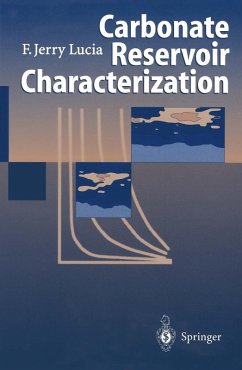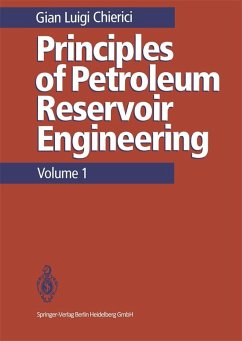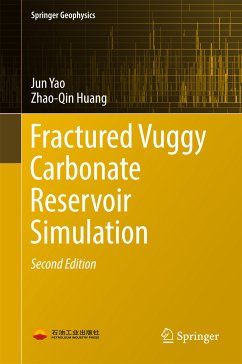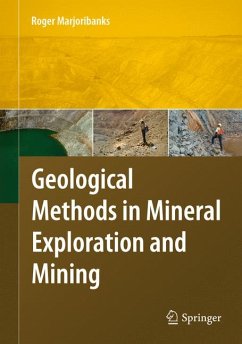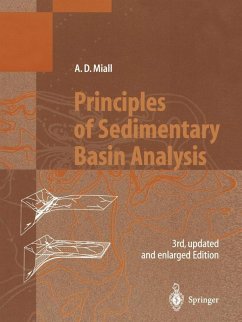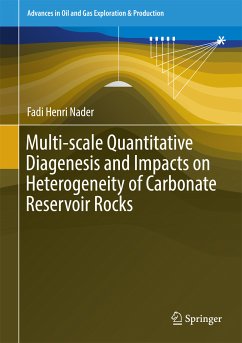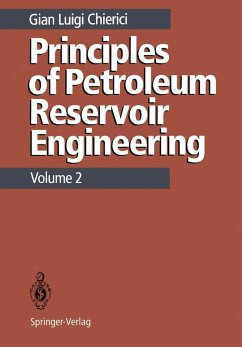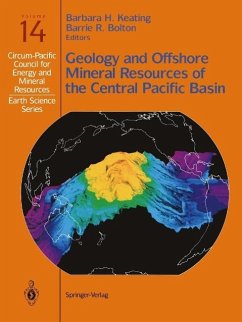
Carbonate Reservoir Characterization (eBook, PDF)
An Integrated Approach
Versandkostenfrei!
Sofort per Download lieferbar
175,95 €
inkl. MwSt.
Weitere Ausgaben:

PAYBACK Punkte
88 °P sammeln!
F. Jerry Lucia, working in America's main oil-rich state, has produced a work that goes after one of the holy grails of oil prospecting. One main target in petroleum recovery is the description of the three-dimensional distribution of petrophysical properties on the interwell scale in carbonate reservoirs. Doing so would improve performance predictions by means of fluid-flow computer simulations. Lucia's book focuses on the improvement of geological, petrophysical, and geostatistical methods, describes the basic petrophysical properties, important geology parameters, and rock fabrics from core...
F. Jerry Lucia, working in America's main oil-rich state, has produced a work that goes after one of the holy grails of oil prospecting. One main target in petroleum recovery is the description of the three-dimensional distribution of petrophysical properties on the interwell scale in carbonate reservoirs. Doing so would improve performance predictions by means of fluid-flow computer simulations. Lucia's book focuses on the improvement of geological, petrophysical, and geostatistical methods, describes the basic petrophysical properties, important geology parameters, and rock fabrics from cores, and discusses their spatial distribution. A closing chapter deals with reservoir models as an input into flow simulators.
Dieser Download kann aus rechtlichen Gründen nur mit Rechnungsadresse in A, B, BG, CY, CZ, D, DK, EW, E, FIN, F, GR, HR, H, IRL, I, LT, L, LR, M, NL, PL, P, R, S, SLO, SK ausgeliefert werden.




